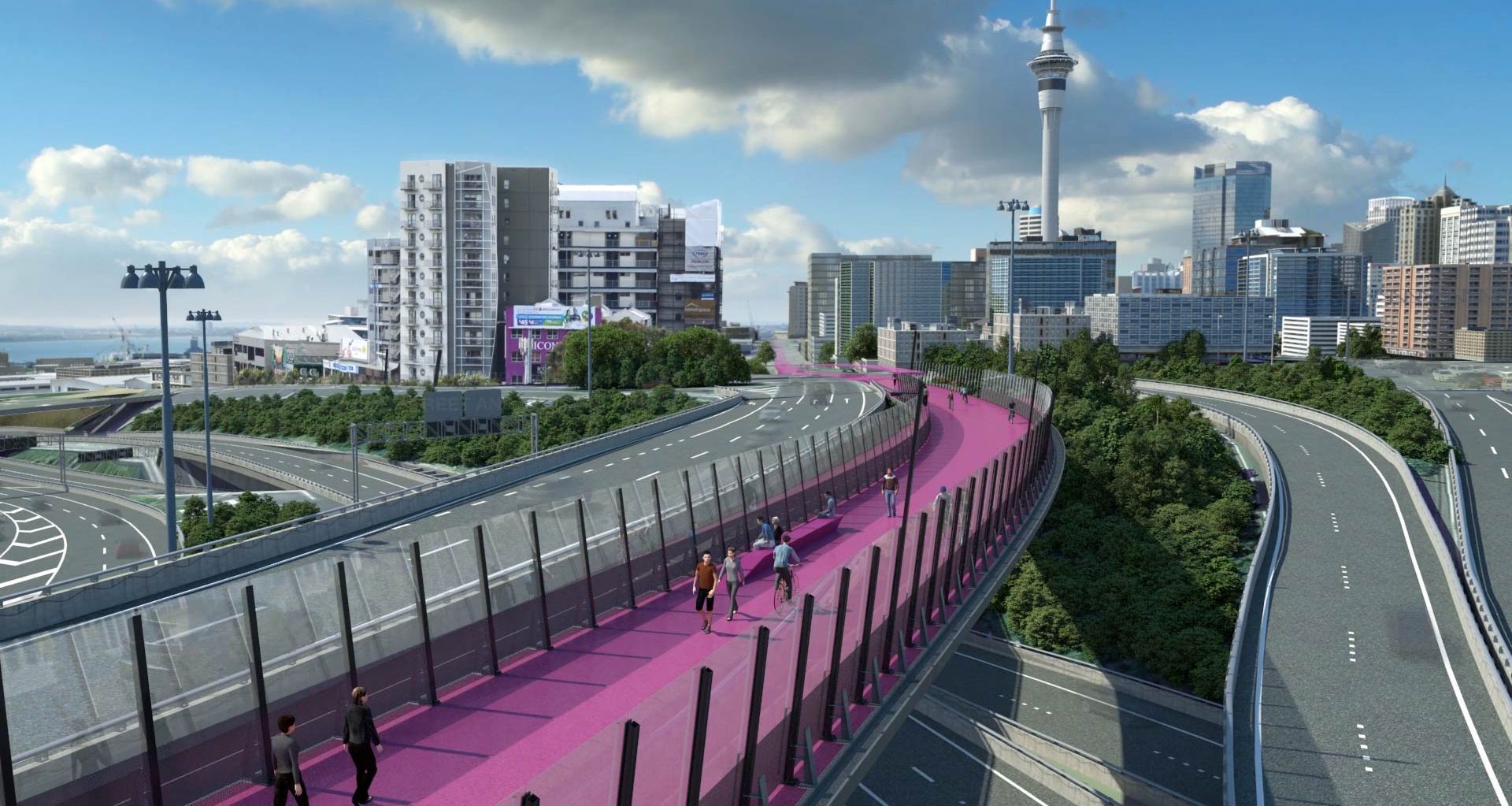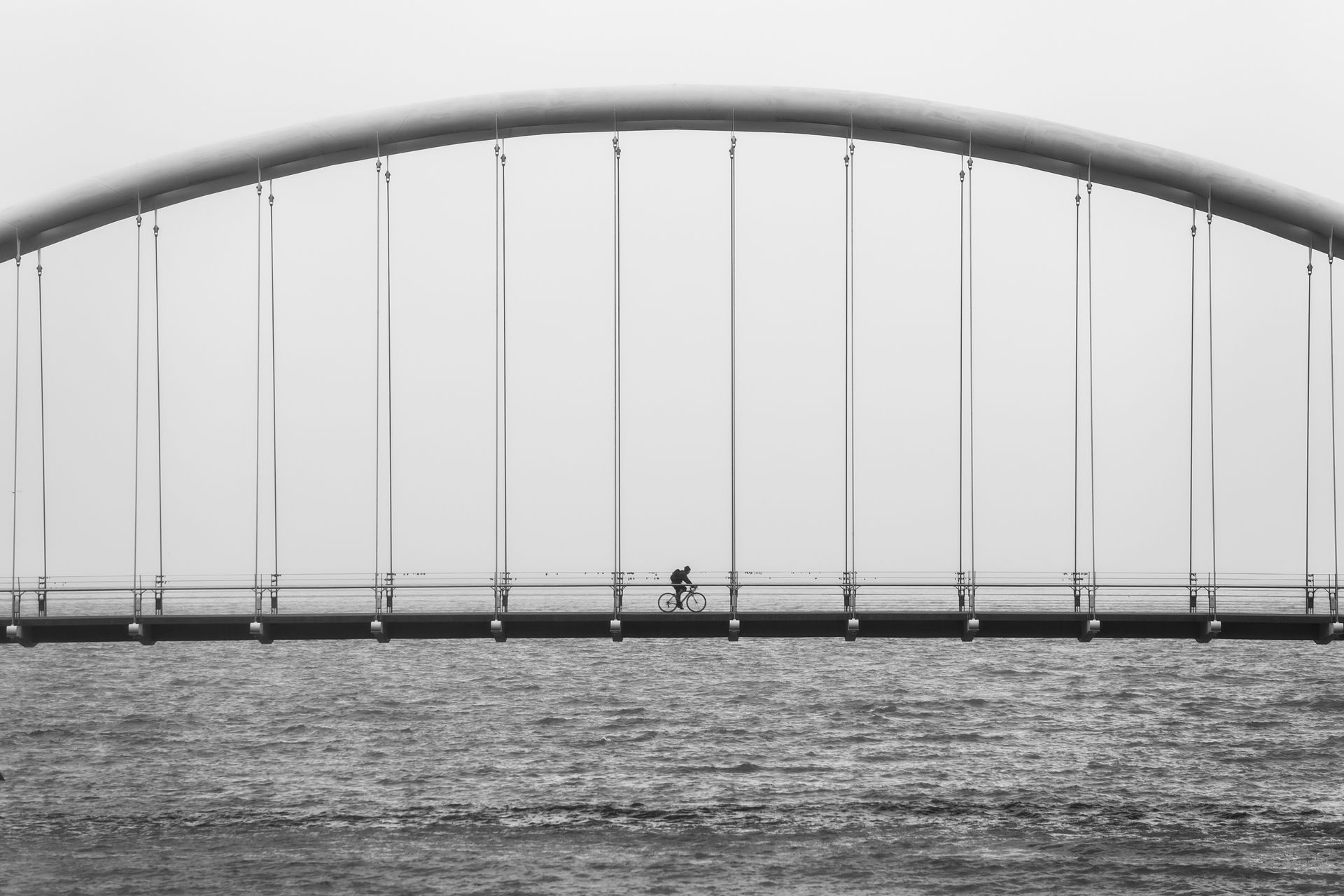The $54 billion transport package: what it means for the construction sector
Written by
19 March 2020
•
4 min read

More than $4.5 billion a year will be invested in transport and infrastructure providing economic stability for the construction industry.
The $54 billion will be allocated over 10 years with spend across all regions and include record investment in roads, public transport, rail, coastal shipping and walking and cycling infrastructure.
The investment was announced yesterday as part of the Draft Government Policy Statement (GPS) on land transport, which confirms the allocation of funds of roughly $4.5 billion a year over the next decade.
“The Draft GPS 2021 signals that we will make a record investment in transport of $48 billion on top of our $6.8 billion from the NZ Upgrade Programme, which will help give the transport construction industry certainty during the current global economic headwinds,” economic development and transport minister Phil Twyford said yesterday.
The intention to stimulate the economy and provide a long term economic foundation makes sense...
Chair of NZ Institute of Architects, Auckland Branch, architect Ken Crosson said he was pleased to see the government had been proactive in the face of the current global situation. “The investment of $54 billion into transport infrastructure at this time of uncertainty and low interest rates is a welcome initiative after many years of inadequate investment. The intention to stimulate the economy and provide a long term economic foundation makes sense.”
ArchiPro founder Milot Zeqiri said the announcement gave the design and construction industry further confidence in the current climate. “This level of investment is great news for our industry and highlights the level of certainty that exists as we face these unprecedented times.”
The draft report has four areas of strategic focus: improving freight connections, safety, better travel options, and climate change.

Improving freight connections
The goal for freight connections is to produce resilient and reliable routes, while also reducing greenhouse gas emissions, and air and noise pollution.
This will be delivered by maintaining the roads and railways that link key production and distribution points, as well as managing resilience risk on regional corridors.
Improvements to coastal shipping options will be made by investing in infrastructure and supporting research and domestic start-ups in the space.
The New Zealand Rail Plan, the long-term vision for developing and improving the country’s rail network, will also be implemented. Over the next decade, the contribution of the NZ Transport Agency will be between $1 and $1.2 billion, but the Rail Plan will also receive yet-to-be finalised funding from the Crown.
Safety
As part of the Road to Zero initiative, the GPS aims to reduce road deaths and serious injuries by 40 per cent by 2030.
“In the first three years alone, Road to Zero will invest nearly $3 billion in safety infrastructure like median barriers, safety campaigns and road policing,” Twyford said.
An additional $1.2 billion investment in new and existing local roads to improve their capacity and service level will also contribute to safety goals.
Better travel options
The GPS aims to make it easier for people to get to the places they live, work and play.
The NZ Transport Agency will take a more proactive role in working with local governments and other stakeholders to make walking and cycling more attractive, and advising on public transport initiatives.
It is proposed that nationwide investment in walking and cycleways and improvements to current infrastructure will be allocated between $835 million and $1.2 billion over the next 10 years.
Climate change
“We’re taking climate change seriously through unprecedented investments in public transport and walking and cycling improvements.”
Improving options for public transport, cycling and walking, as well as shifting more freight onto the rail network are key parts of the plan to reduce greenhouse gas emissions.
“Given how both rail and coastal shipping help take pressure off our roads and produce less emissions, we are looking to fund both in GPS 2021. Building alternative transport options for people and freight is a vital part of achieving the government’s goal of net zero emissions by 2050”.
The Ministry of Transport will consult stakeholders including local government, the transport sector, and relevant non-government organisations before finalising the GPS’ details.
The full draft policy statement document can be found here.
You can share your views on the draft plan by completing the Ministry of Transport’s online survey or emailing your submission to gps@transport.govt.nz. Submissions close at 5pm, Monday 27 April 2020.